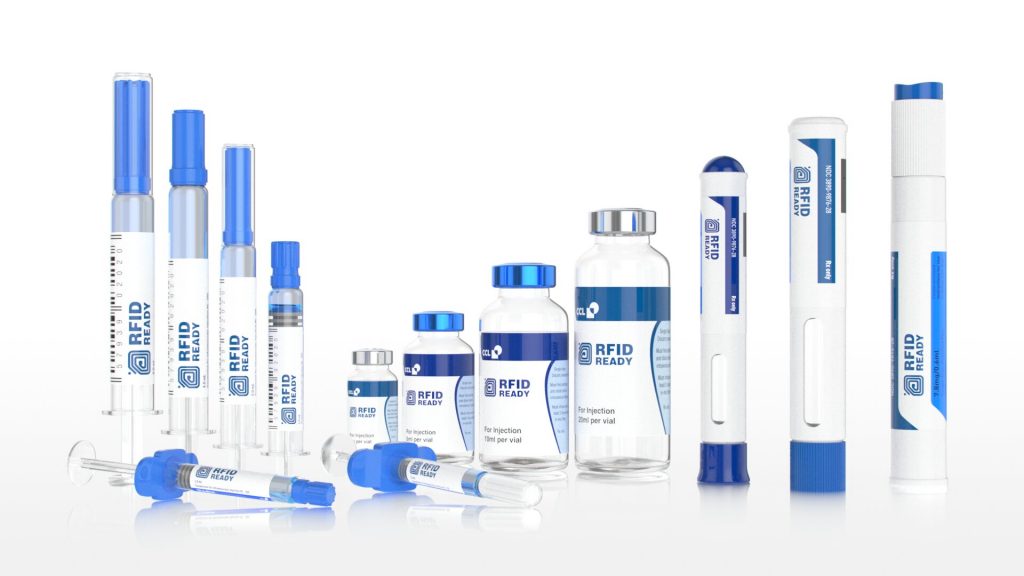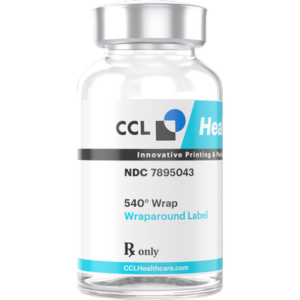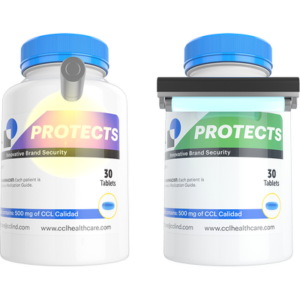Selecting the Right RFID Inlay for your Product

How to select the right RFID Inlay for your product?
RFID is making traceability possible for several purposes. Selecting the right RFID Inlay is important for the needs of your product. Different sectors have a variety of needs for inventory management. This technology is making it possible to have visibility through the supply chain, monitor inventory, and more. In order to come up with the right RFID inlay, one must identify what their goals are revolving around track and trace capabilities. The big question is, what do you want RFID to do for you? That will help determine whether to go with HF or a UHF inlay.
If a customer wants an NFC phone interaction or consumer engagement then they want to select an HF inlay that can be programmed to support newer mobile without any applications and with older mobile device applications. If the purpose of the RFID technology is to read multiple tags simultaneously and/or read at distances more than a few feet, then a UHF inlay is the right selection.
The following questions can help you select the right RFID Inlay:
- What is the label size?
- What is the material composition of the product?
- Is there any content inside the product?
- What type of product needs to be labeled?
- How much memory is needed for encoding?
- What is the read environment? (This will cover any extreme temperature ranges, metals, and liquids.)
An Example on How It Applies to Medical Device
A company submits a request for a custom RFID label on a medical device cartridge that goes inside a diagnostic machine. One of the factors to determine the right adhesive is what is the material composition of the cartridge. That way, the proper adhesive is selected to apply to the back of the inlay and the label. Now, the next question is, are there any liquids or metals inside of the cartridges? Another question that must be asked is where are the readers located inside the diagnostic equipment? This will help us determine what type of antenna will be chosen and where the RFID label is placed on the cartridge. How much memory is required for writing and rewriting test data? This is important so a diagnostic test isn’t started without enough reagent in the cartridge. This saves time and money for the customer.
An Example of a Pharmaceutical Product
A company has small 2ml vials, and they need hundreds to be read while packaged inside of the shipper. To begin selecting the right product the following must be answered: What is the material composition of the vial? What are the contents inside of the vial? What is the orientation of the product to the antenna? How much memory is needed for the track and trace capability of the product? These questions will determine what is the best inlay to carry out its objectives.
There is a Solution for That
CCL Healthcare prides itself on innovation! Where there are challenges, there are solutions. When something looks impossible, CCL Healthcare thinks outside the box to design a solution. Our product engineers developed RFID labels that fit small 2ml vials and syringes after a request from a customer. As ideas are conceptualized there will always be an opportunity to innovate.
CCL Healthcare welcomes challenges large and small to come up with solutions for all!
Talk to one of our innovators to learn more!
Newsletter Sign Up
Stay informed on current trends, products, and innovations
- Recent Posts
- All Posts
Printed Literature – Topserts
Pre-Serialized Topserts Folded Leaflets Printed Literature – Topserts A printed...
Read MoreClear Self Adhesive Labels
We offer single-ply, self-adhesive labels made from a variety of...
Read MoreThe Crucial Role of Printed Brand Security Features in Medication
Safeguard pharmaceutical integrity. Learn how robust brand protection thwarts counterfeiting,...
Read MoreRead from our best archive of blogs and solutions.
Image is placeholder
Add button takes you to bog page



